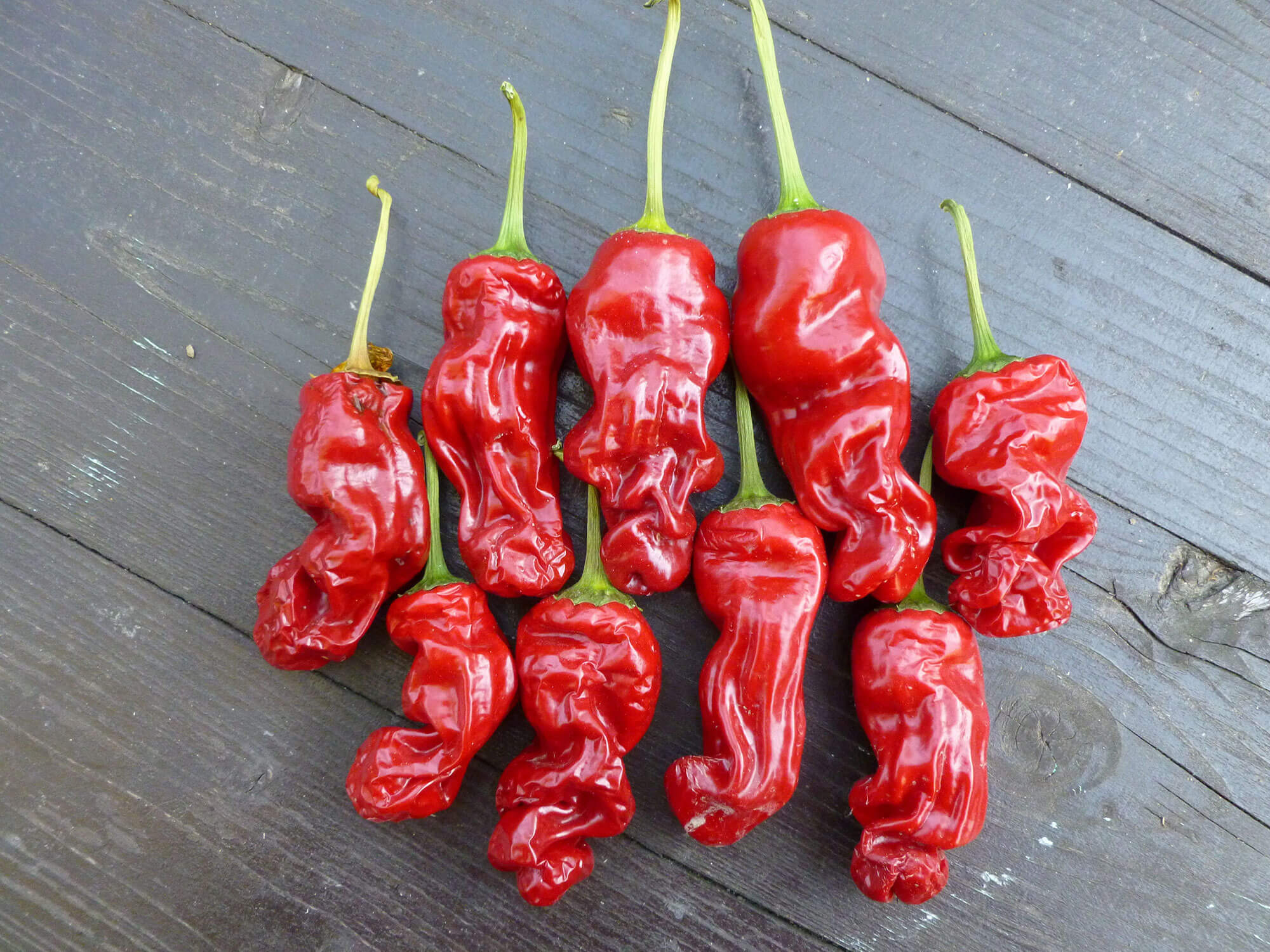Advertisement
‘If Peter Piper picked a peck of pickled peppers, where’s the peck of pickled peppers Peter Piper picked?’ You probably recited that – sing-song squeaky voice and all – as a kid, but I’ll bet you had no idea what it was all about. Well, Peter Piper (or Pierre Poivre) was a real person, and his (non-pickled) ‘peppers’ are now in Mauritius. Or at least their descendants are, and you can amble around in their shade inhaling their delicious scent.
Spice – the fuel that sparked colonialism
But first, some history. In the 17th and 18th centuries, all spices were called pepper. And the Dutch had a stranglehold monopoly on the trade in cloves and – even more so – nutmeg, because they grew on only a few tiny islands in Indonesia. It’s a perfect business model – loot and murder your way to a monopoly of a scarce resource with a huge demand, and then rake in the bucks. But nutmeg is a seed so, to preserve their monopoly, the clever Dutch ‘pickled’ them in lime before selling them as spices so that the seeds would not germinate. And that’s where the tongue twister comes in.
Vanilla, another spice we take for granted nowadays, has an equally interesting history, independent of Peter Piper the plant pirate. Native to Central America, the vanilla orchid is a frightfully finicky plant that is pollinated by only one very specialised (Central American) bee. So, while lots of European ‘gentleman horticulturalists’ had one in their greenhouse, they never bore fruit. At least that was the case until, in 1841, a 12-year-old slave boy called Edmond Albius invented (or possibly reinvented) artificial pollination, and spawned a multimillion dollar industry. That was on Île Bourbon, now Réunion, from where it spread to the other Francophone Indian Ocean islands, including Mauritius, and thence around the world.
Advertisement
The fascinating and multifaceted career of Pierre Poivre
Peter Piper is the anglicised name of the French one-armed-bandit rogue botanist Pierre Poivre, who stole nutmeg, cloves and quite a few other spices – including what we now call pepper – from Indonesia and Asia, and smuggled them to the French Indian Ocean islands. Yes, some of his ‘peppers’ were ‘pickled’, but he managed to get some that weren’t – and that’s what brought him tongue-twisting immortality. Born in France to noble parents, and – for reasons about which one can only surmise – brought up in a monastery, Poivre studied to be a missionary. But, while on an evangelical mission to the East before taking holy orders, his life trajectory became infinitely more colourful and – dare we say it – spicy!
After spending a short while in a Chinese prison, he tried his hand at some gentle piracy but lost it. The hand, that is – and much of the arm attaching it to his body. Undeterred, he identified spices as a more worthwhile booty than gold, and proceeded to steal and smuggle seeds of – most importantly – cloves, nutmeg and cinnamon, the former two of which grew only on two tiny obscure Indonesian islands, and the latter of which grew only on Ceylon (now Sri Lanka). He planted spices (and a few other interesting plants) on what are now Mauritius, Réunion and Seychelles, effectively starting the Indian Ocean spice industry. As is not unusual for successful smugglers, thieves and outlaws, he turned to politics, and was appointed administrator of Isle de France – as Mauritius was called before the British snaffled it away from the French in one of their interminable wars.
Plant paradises
Also known as the Pamplemousses Botanical Garden, the Sir Seewoosagur Ramgoolam Botanical Garden is a great place to while away an afternoon. As well as the descendants of Poivre’s spice plants, and a bust of the plant pirate himself, the garden is home to the fascinating giant water lilies (Victoria amazonica) and a collection of palm trees from around the world – possibly the largest collection to be found in one place. There’s one palm missing there, though – the rarest palm tree in the word, Hyophorbe amaricaulis – of which there is only one surviving individual in all the world.
But, even though it’s not in the Pamplemousses palm collection, you can still see it on Mauritius. Endemic to the island, the one remaining specimen is hanging in there in the nearby Curepipe Botanic Gardens, which is also worth a visit. Sad story, though. Evidently, the palm was widespread when Europeans arrived on Mauritius, but it did not survive the onslaught of colonialism. Hmm – perhaps it was pollinated by dodos? That’s highly unlikely, but it’s a great story so I’ll stick to it.



